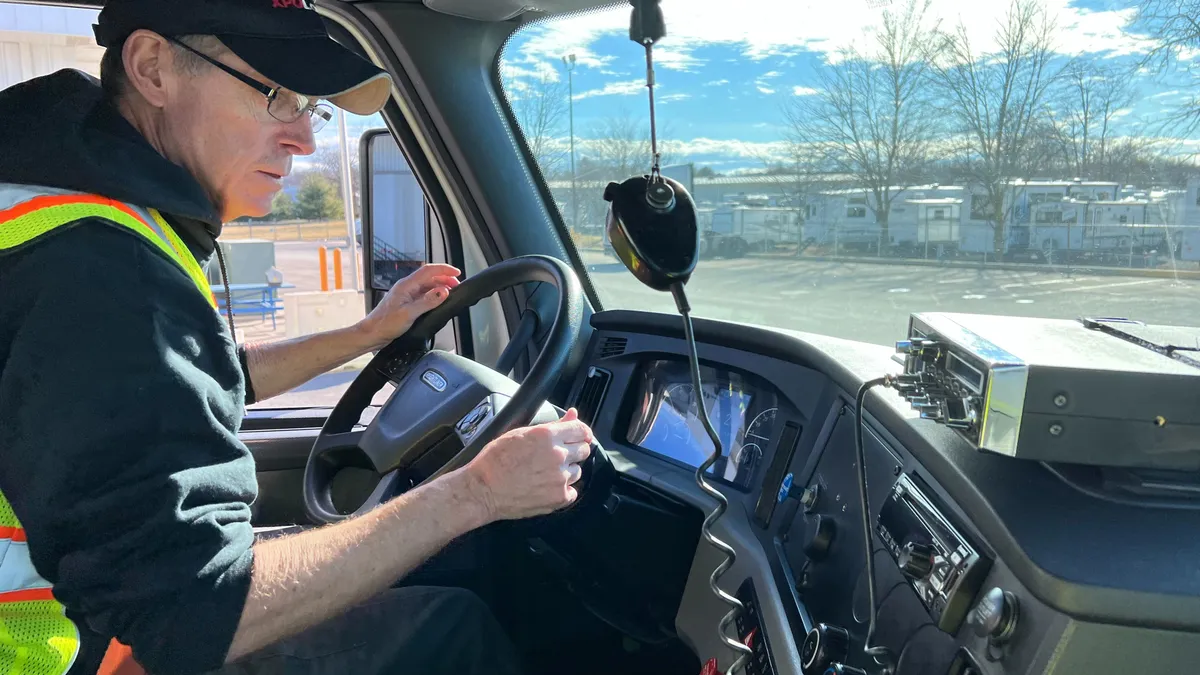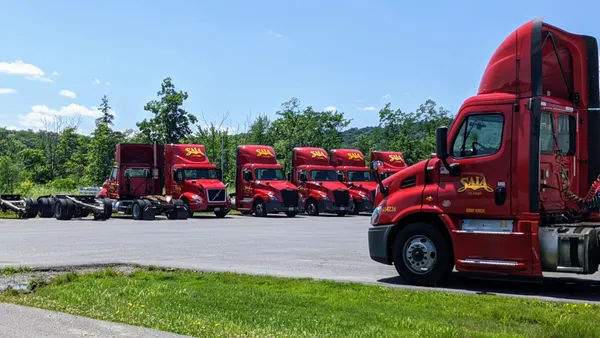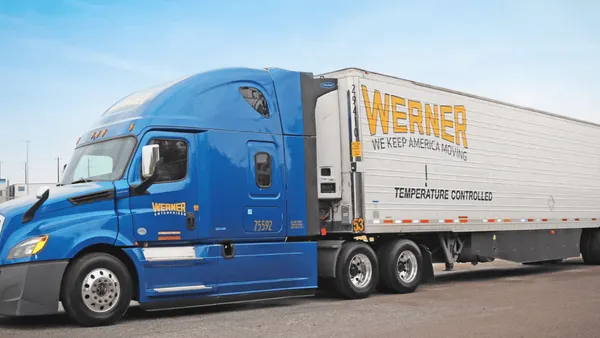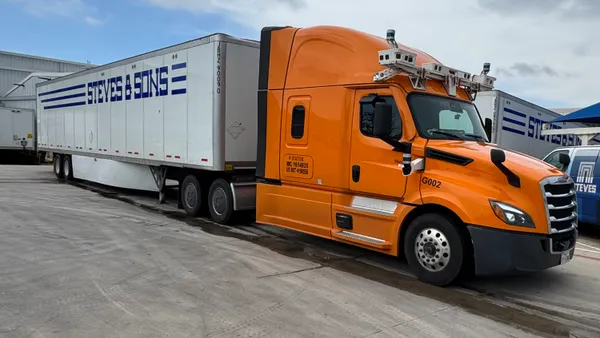Driver-facing camera footage, when available, exonerates truck drivers in more than half of insurance claims and almost half of litigation cases, according to the American Transportation Research Institute.
While drivers who have not used the cameras tend to hold them in lower regard than those who have used them, the footage has helped lead to settlements instead of claims going to trial in 86% of cases, the group found in a survey of legal and insurance experts released Wednesday.
“Driver-facing cameras are an important safety tool for carriers, but they must be managed carefully in order to leverage benefits with drivers, insurers and attorneys,” Jerry Sigmon Jr., COO of Cargo Transporters Inc., said in a statement. “ATRI’s research on in-cab cameras provides an important blueprint for both carriers using these technologies as well as carriers still contemplating the investment.”
The tech is infrequently used across the industry for several reasons, including driver privacy concerns, confusion over the use of the footage, and concern about highlighting driver negligence, “however subtle,” the American Trucking Associations’ research arm said in the report, which also surveyed the trucking industry.
ATRI’s report includes more than a dozen recommendations for fleets, whether they have or haven’t installed the devices in their trucks.
The recommendations for those fleets using driver-facing cameras include incorporating event-based cameras rather than continuously rolling ones, installing them uniformly across all trucks, limiting access to the footage and developing and sharing standard policies with drivers.
Those fleets that do not use driver-facing cameras should prepare a “thorough justification for why they do not – in order to protect themselves in litigation,” ATRI said.
ATRI’s suggested steps for those fleets shunning the tech include instituting and documenting safety practices and procedures that render the cameras redundant and/or unnecessary. It also recommended the addition of active safety systems that reduce crashes; documenting extraordinary storage and/or cost requirements of maintaining the footage; and linking the challenge of recruiting and retaining safe drivers with truck driver disdain for the cameras.












